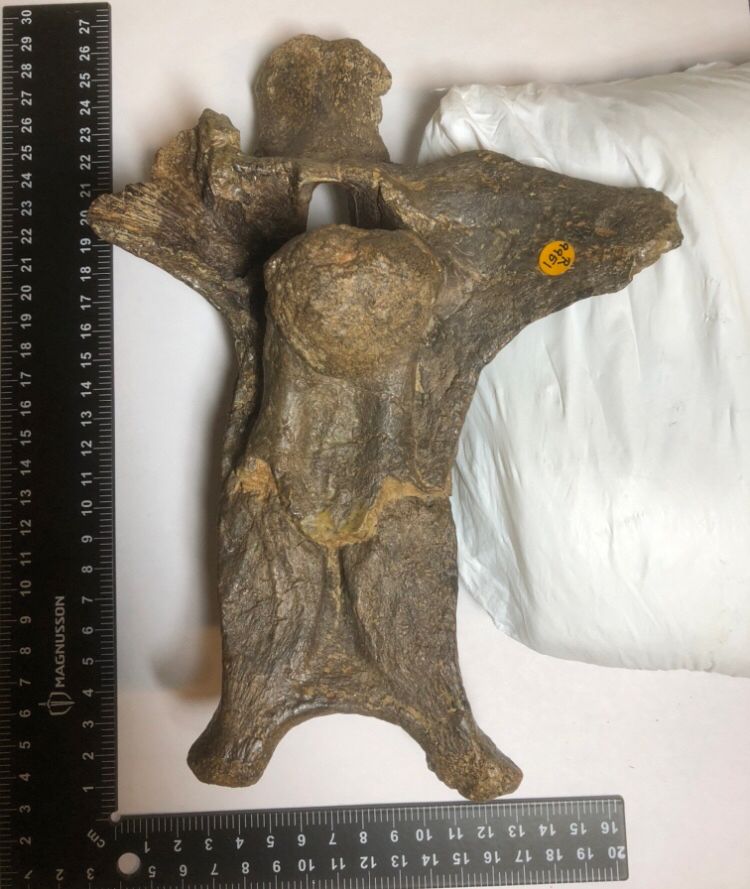Jeremy Lockwood
@valdosaurus.bsky.social
820 followers
560 following
130 posts
30 years a GP, now PhD palaeobiology. Six new dinosaurs for the Isle of Wight. Scientific associate Natural History Museum London. Worried about the destruction of the NHS.
Posts
Media
Videos
Starter Packs
Reposted by Jeremy Lockwood
Reposted by Jeremy Lockwood
Reposted by Jeremy Lockwood
Reposted by Jeremy Lockwood
Reposted by Jeremy Lockwood
Reposted by Jeremy Lockwood
Reposted by Jeremy Lockwood
Reposted by Jeremy Lockwood
Reposted by Jeremy Lockwood
Reposted by Jeremy Lockwood
Reposted by Jeremy Lockwood
Reposted by Jeremy Lockwood
Reposted by Jeremy Lockwood
Reposted by Jeremy Lockwood
Reposted by Jeremy Lockwood
Reposted by Jeremy Lockwood
Reposted by Jeremy Lockwood






















